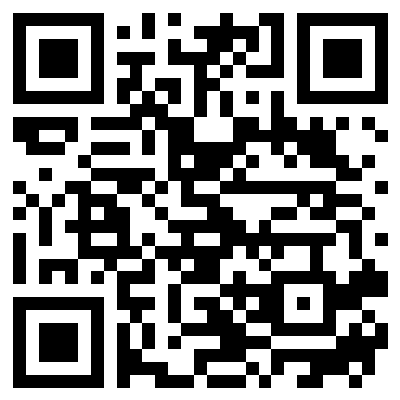Bill HF2502
Session 2024
Bill Introduced By
Tyler Demulling
House Author
Tyler Demulling

Committee Hearing
| Path | Committee | Action | |
|---|---|---|---|
| 1 | Energy and Environment Committee | Failed | |
| 2 | Rules Committee | No Action Taken |
